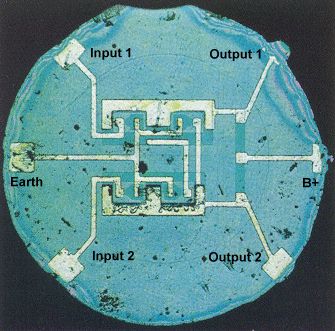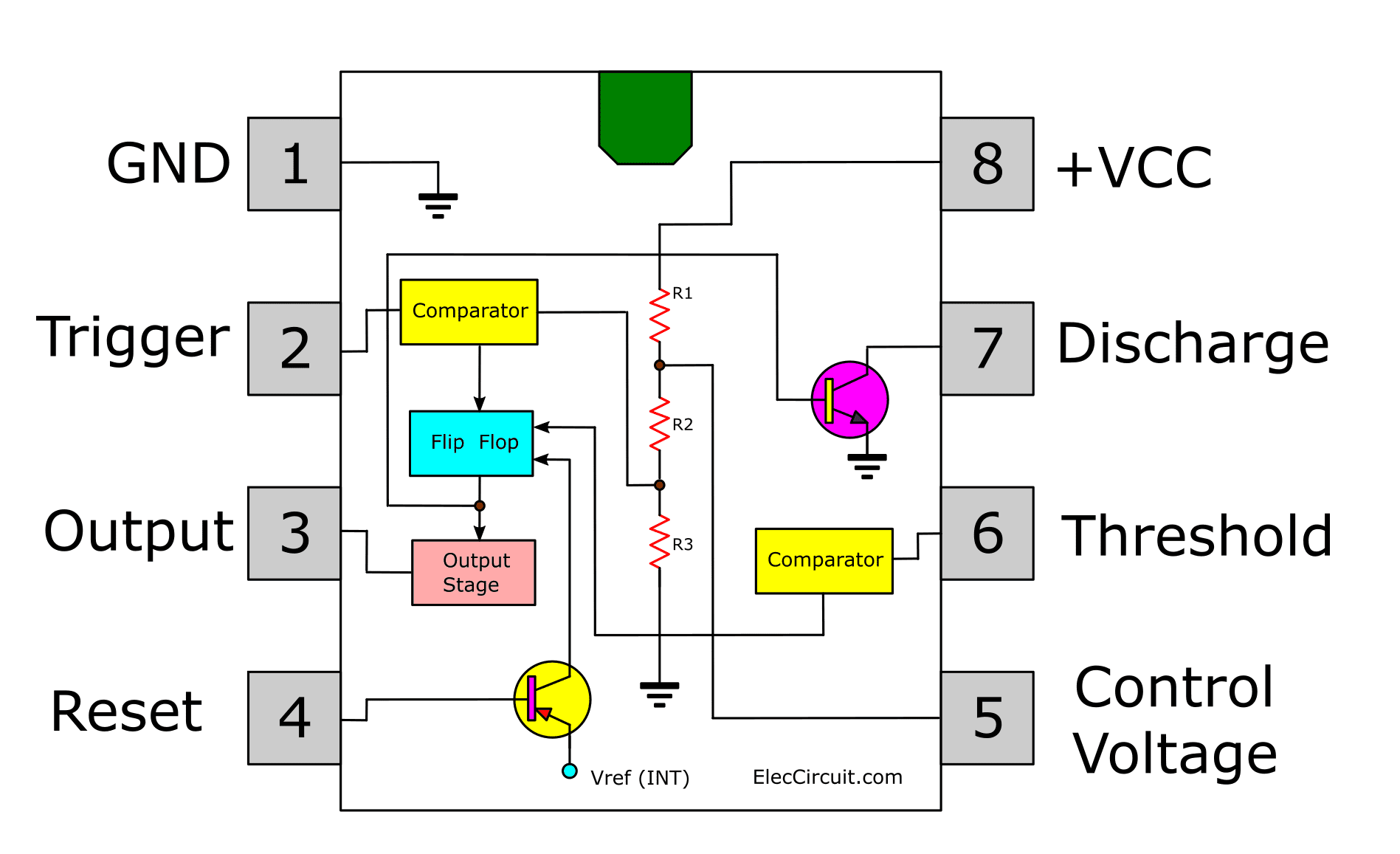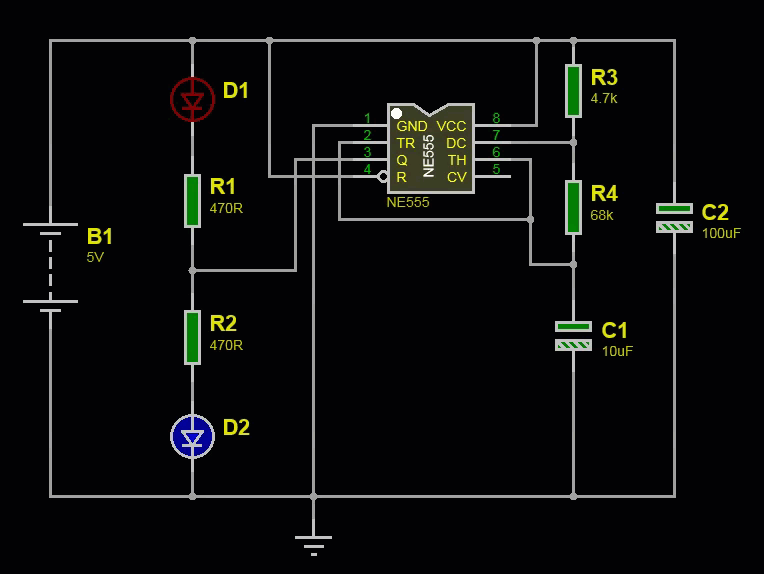3 minutes
Study of ICs
Introduction to Integrated Circuits
Integrated Circuits (ICs) are miniature electronic devices that contain multiple transistors, diodes, capacitors, and resistors integrated onto a single chip of semiconductor material, usually silicon. They are fundamental building blocks of modern electronics, drastically reducing size and improving the performance of electronic devices.
History
The invention of the IC can be traced back to Jack Kilby of Texas Instruments and Robert Noyce of Fairchild Semiconductor. Kilby successfully demonstrated the first working IC in 1958, and Noyce made significant contributions to its practical development.
Types of ICs
ICs come in various types based on their functionality. Here are three commonly used types:
- 555 Timer IC – A versatile and widely used IC for timing applications.
- LM317 Voltage Regulator – Adjustable voltage regulator IC.
- LM741 Operational Amplifier – A general-purpose op-amp used in analog circuits.
555 Timer IC

The 555 Timer is one of the most popular ICs for generating time delays, oscillation, and pulse generation. It operates in three modes: monostable, astable, and bistable. The IC has 8 pins:
- Pin 1 (Ground): Connected to the 0V or ground of the power supply.
- Pin 2 (Trigger): Activates the timer when the voltage drops below 1/3 of the supply voltage.
- Pin 3 (Output): Provides the output signal, either high or low, depending on the mode of operation.
- Pin 4 (Reset): Resets the timer when a low signal (0V) is applied to this pin.
- Pin 5 (Control Voltage): Modifies the threshold voltage; usually connected to ground through a capacitor for noise reduction.
- Pin 6 (Threshold): Monitors the voltage across the timing capacitor to determine when the output should be turned off.
- Pin 7 (Discharge): Discharges the timing capacitor when the output is low.
- Pin 8 (VCC): Connected to the positive power supply, typically between 4.5V and 15V.
Application 1: Blinker Circuit using 555 Timer
Components Required:
- 555 Timer IC
- Resistors: 470Ω (R1, R2), 4.7kΩ (R3), 68kΩ (R4)
- Capacitor: 10µF (C1), 100µF (C2)
- LED: Red (D1), Blue (D2)
- Power Supply: 5V Battery
- Connecting wires and breadboard
Animated Image:

Advantages of ICs
- Miniaturization: Drastically reduces the size of electronic circuits.
- High Performance: ICs provide faster operation and increased functionality.
- Cost-Effective: Mass production lowers costs significantly.
- Reliability: Fewer soldered connections reduce the chances of failure.
Disadvantages of ICs
- Limited Power Handling: ICs cannot handle very high power.
- Heat Sensitivity: Excessive heat can damage the IC.
- Fixed Configuration: Limited flexibility for making changes once fabricated.
Conclusion
Integrated Circuits have revolutionized the electronics industry, allowing for the creation of more compact, efficient, and affordable devices. From simple timers like the 555 to complex microcontrollers, ICs are vital in nearly every aspect of modern technology. Despite their limitations, their benefits have made them indispensable in the development of electronic systems.
454 Words
2024-10-23 18:56